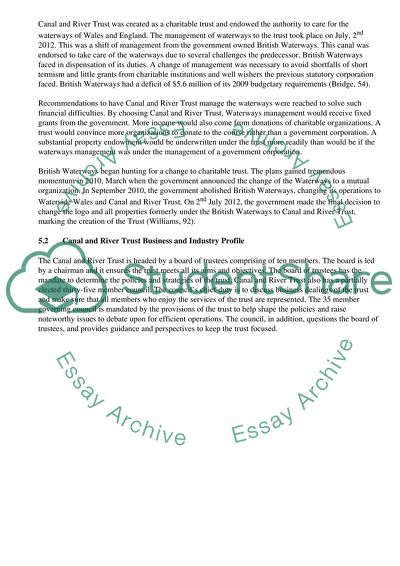Cite this document
(“Business Proposal: Canal and River Trust Coursework”, n.d.)
Business Proposal: Canal and River Trust Coursework. Retrieved from https://studentshare.org/business/1469791-business-proposal-canal-and-river-trusty
Business Proposal: Canal and River Trust Coursework. Retrieved from https://studentshare.org/business/1469791-business-proposal-canal-and-river-trusty
(Business Proposal: Canal and River Trust Coursework)
Business Proposal: Canal and River Trust Coursework. https://studentshare.org/business/1469791-business-proposal-canal-and-river-trusty.
Business Proposal: Canal and River Trust Coursework. https://studentshare.org/business/1469791-business-proposal-canal-and-river-trusty.
“Business Proposal: Canal and River Trust Coursework”, n.d. https://studentshare.org/business/1469791-business-proposal-canal-and-river-trusty.


